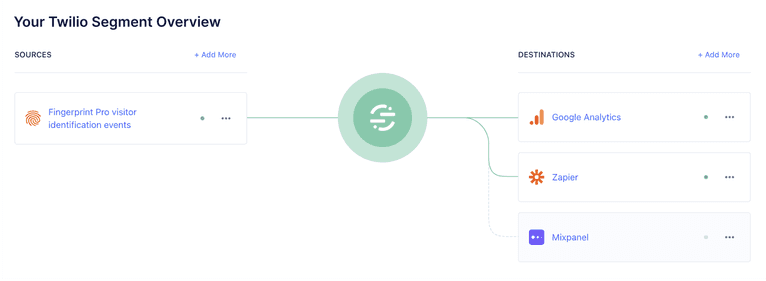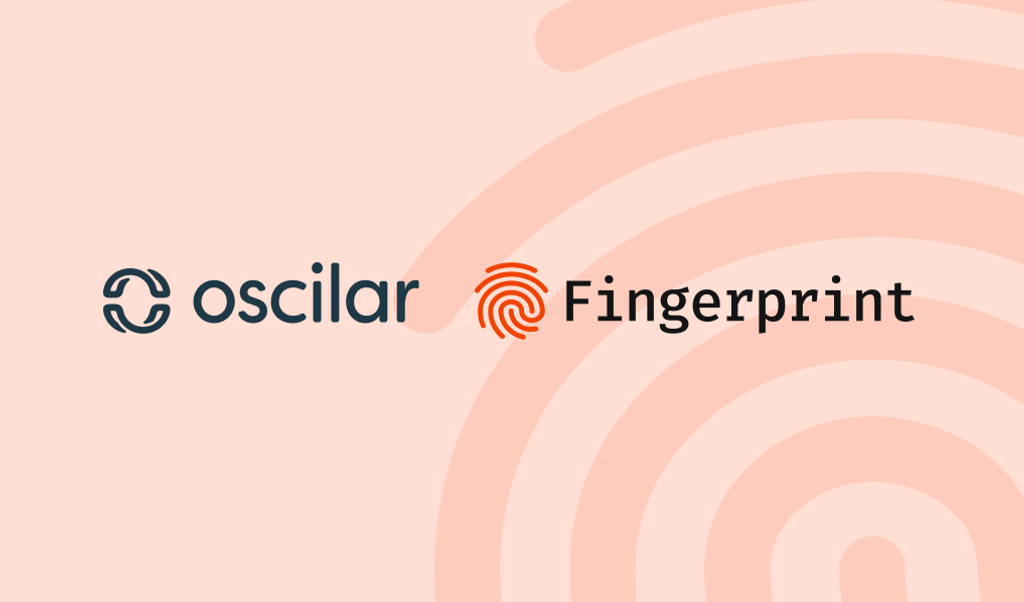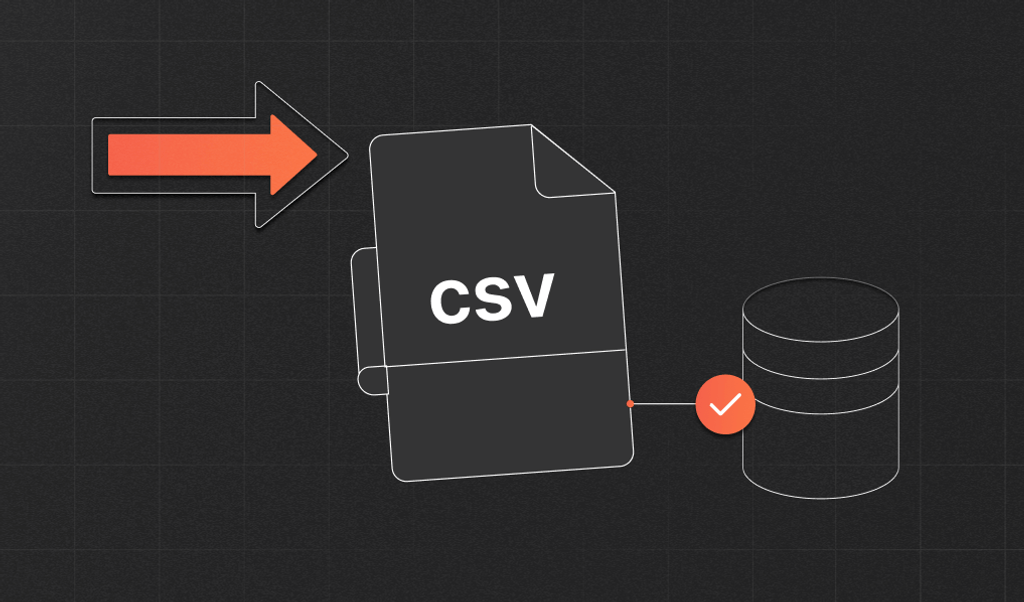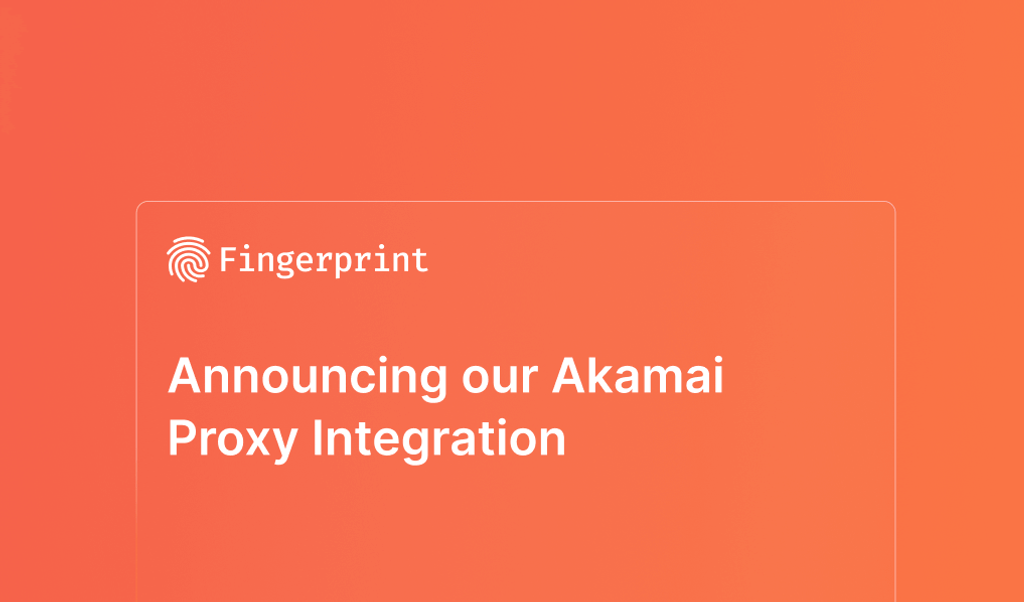
We are excited to announce that Fingerprint Pro now integrates with Twilio Segment, the leading customer data platform! You can now seamlessly pass our accurate browser ID data into your Twilio Segment workspace to detect suspicious activity, reduce fraud, and improve customer experience.
Twilio Segment empowers companies by collecting events from web and mobile apps and providing a comprehensive data toolkit that’s accessible to every team. With Twilio Segment, you can achieve a unified view of your customers across platforms and channels, and deliver personalized experiences and omnichannel campaigns.
Solving the challenge of fraud detection
Our Twilio Segment integration solves several problems when attempting to detect fraudulent behavior. Fraudsters often employ tactics that make it difficult to identify them, such as using multiple devices and IP addresses to mask their identity, or using stolen credit card information to make purchases.
Traditional fraud detection methods are not effective against these tactics, as they rely on rule-based systems that are limited by predefined rules and thresholds. This can result in a high rate of false positives, where legitimate transactions are mistakenly flagged as fraudulent, or false negatives, where fraudulent transactions go undetected.
Fingerprint helps to address these challenges. For example, let's say you have a legitimate customer who is traveling and accessing your website from a new device. The fraud detection system may flag the transaction as potentially fraudulent due to the new device's IP address. With Fingerprint's accurate browser identification you can quickly confirm that it is the same customer who’s made purchases in the past. This prevents the transaction from being mistakenly flagged as fraudulent, and permits the data to feed into your analytics platforms through Twilio Segment.
With our Twilio Segment integration, you can use Fingerprint Pro device identification data as a data source in Twilio Segment. It consists of an open-source Twilio Segment source function which receives the data through Fingerprint webhooks and normalizes them into Twilio Segment Specs. Once Fingerprint connects with Twilio Segment, you can use it in any of your Twilio Segment destinations to detect suspicious activity, prevent fraud, or personalize user experiences.
Why you should integrate Fingerprint with Segment
Fingerprint and Segment combined can help anti-fraud and risk teams in several ways:
- Prevent account takeover: Fingerprint generates a unique identifier for each browser or device that remains stable even if the visitor uses a VPN or incognito mode. By integrating Fingerprint with Twilio Segment, you can gather insight about the user's device, browser, and other parameters, and prevent account takeover attempts by recognizing logins from unknown devices and challenging them with multi-factor authentication.
- Example: Let's say a user typically logs in from their usual device and IP address. Suddenly, there is an attempt to log in from a new device and IP address. With Fingerprint's accurate browser identification data passed into Twilio Segment, you can quickly recognize this as a potential account takeover attempt and trigger additional authentication measures, ensuring the user's account remains secure.
- Recognize bad actors: Leveraging Fingerprint's highly accurate device identification, you can quickly discover patterns in fraudulent activity and stop it at the source.
- Example: You can recognize when a large number of failed payments come from the same browser, indicating a card-testing attack, and take appropriate actions, such as alerting your team or blocking the browser from further payment attempts.
- Custom rules and triggers: Twilio Segment Functions allow you to create custom rules and triggers based on your own unique business needs. By integrating it with Fingerprint, you can create custom rules and triggers that are specific to your anti-fraud use cases. For example, you can create a rule that triggers an alert if a user logs in from a device that has previously been associated with fraudulent activity.
- Example: Let's imagine you have identified certain devices that have been used for fraudulent activities in the past. By integrating Fingerprint with Twilio Segment, you can create a custom rule that triggers an alert whenever a user logs in from one of those devices. This helps your anti-fraud team take immediate action and apply additional scrutiny to the user's activities.
- Market attribution: With Fingerprint’s accurate device identification, you can analyze users across different devices and browsers. This can help you understand the customer journey and provide a more seamless and personalized experience for your users.
- Example: Let's say a user visits an e-commerce website and adds a few items to their cart but does not complete the purchase. Later, the user clears their cookies or changes their IP with a VPN and visits the same website. Without an accurate and reliable way to identify the user, the website may not recognize the user as the same person who added items to their cart earlier, and the user may need to start the shopping process all over again.
However, with Fingerprint’s unique visitor ID for each user, you can recognize the user even if they clear their cookies or change their IP. This can help you to personalize marketing, product recommendations, and customer experience.
Getting started with Fingerprint
The Twilio Segment integration is open source and available on GitHub.

Here is how you can set it up:
Step 1: Import the Fingerprint Twilio Segment Source function
To integrate Fingerprint with Twilio Segment, start by importing the Fingerprint Twilio Segment Source function. This function allows you to define how the data received from the Fingerprint webhook is mapped to Twilio Segment's data model (Specs). By importing this function, you'll have the necessary tool to pass along all the information you need, including the browser ID, directly to your Twilio Segment workspace.
Step 2: Create a Twilio Segment Source connected to the Fingerprint Source function
Next, create a Twilio Segment Source that is connected to the Fingerprint Source function. This connection ensures that the identification data received from Fingerprint can be seamlessly used in Twilio Segment. It enables you to trigger events in Twilio Segment based on the data received from Fingerprint, empowering you to create targeted marketing campaigns and personalized user experiences. With Fingerprint tags you can label specific users or events for later analysis. This can be useful for identifying patterns of suspicious behavior and fraudulent activity.
When you are defining Twilio Segment Specs, you can use identify, page, group, and track for corresponding specs in your identification requests to Fingerprint Pro API. You can use any or all specs in a single request as well.
Step 3: Configure a Fingerprint webhook to send data to Twilio Segment
To stay up to date with the latest user behavior data and take real-time action based on insights, configure a Fingerprint webhook to send data to Twilio Segment. This integration allows you to receive identification data from Fingerprint, which can then be utilized within Twilio Segment for further analysis and Twilio Segmentation.
Step 4: Configure the Fingerprint JavaScript agent on your website
To ensure a smooth integration, configure the Fingerprint Pro JavaScript (JS) agent on your website. This agent enables the collection of data from visitors and their identification by Fingerprint. By connecting the Fingerprint JS agent and Twilio Segment Source, the Specs (identifying information) will flow to your Twilio Segment account as visitors come to your website and are identified by Fingerprint.
By following these four steps, you can seamlessly integrate Fingerprint with Twilio Segment and leverage its capabilities for data mapping, triggering events, targeted marketing, and fraud detection.
See our Twilio Segment data integration guide for a step-by-step walk-through.
\
Conclusion
To strengthen your fraud prevention efforts and gain accurate insights into your customers, don't miss out on the powerful integration between Fingerprint and Twilio Segment. By leveraging Fingerprint's robust fraud detection capabilities and Twilio Segment's data analysis tools, you can effectively safeguard your business from fraudulent activities while improving attribution accuracy. Take action now and visit our integrations page to unlock the full potential of fraud prevention and detection.



